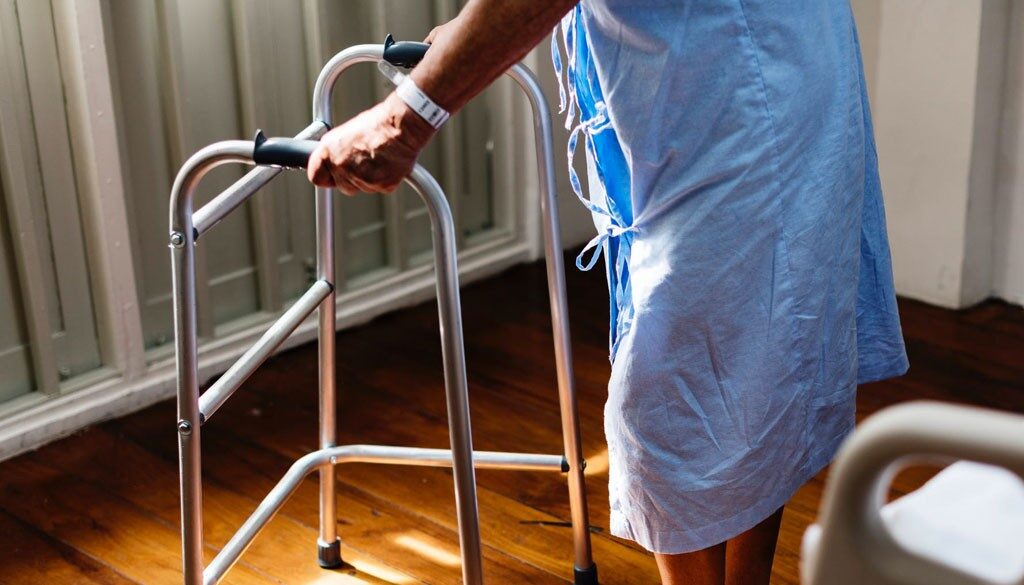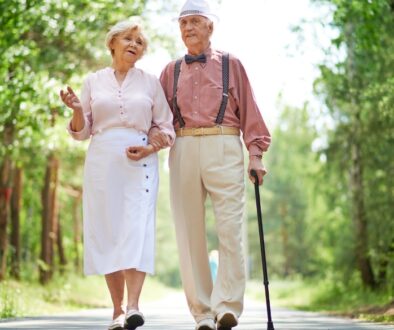9 Commonly Overlooked Fall Risks
At any age, falling can lead to injury, sometimes severe. We all know environmental risks for falls — ice in the winter, slippery rain surfaces and strong winds. But there are risks in your own home that you may be overlooking.
The following tips can help you stay upright and avoid costly and painful trips to the hospital:
-
Be careful around pets that can get underfoot and cause tripping.
Exercise caution when bending down to serve food, as pets can become excited and accidentally knock you over. Keep toys in a basket when your pet is not playing with them so you don’t trip on them. If your dog has a tendency to bolt on walks, evaluate whether or not you can handle their sudden strength.
-
Avoid highly waxed/shiny flooring.
Waxed floors can be slippery, and shiny floors can play tricks on the eyes.
-
Know how a new medication or medication change might affect balance or cause dizziness.
Ask your physician if dizziness is a side effect of any new medications or combinations of medications. Dizziness increases risk for falls and makes other tasks like driving more dangerous as well. If the prescription is necessary and dizziness may affect you, ask your doctor to recommend fall prevention strategies or ways to counteract your side effects.
-
Avoid placing frequently used items in low drawer storage.
Bending over (or getting on a stepladder) can be dangerous. It’s best to put the things you use frequently in a drawer or cabinet at a level that doesn’t require you to move up or down regularly.
-
Sit on a firm chair instead of sitting on the edge of the bed to get dressed or put on shoes.
It might be tempting to sit on the edge of your bed, but beds on wheels can slip and most mattresses do not provide a stiff enough surface for optimal balance.
-
Change positions slowly.
Rising too quickly can lead to a feeling of faintness due to blood pressure change, so get up gradually to stay clearheaded and balanced.
-
Reach back to make sure your chair is close to you before sitting.
It’s important to make sure that any edge you’re about to sit on is close behind you. Don’t rely on your memory or spatial judgment. Make it a habit to reach behind yourself.
-
Create a flow in your furniture so you do not have to navigate around tables and cords.
When you have to turn sideways to get around at home, especially in a hurry or in the dark, it is easy to accidentally trip and fall. It’s also easy to forget to step over the cord to the TV unless it is secured against a wall. Make sure your furniture is situated to give you enough space to easy navigate at any time during the day.
-
Discuss fear of falling with your physician and/or therapist.
Fear of falling is a fall risk itself because fear may cause an individual to withdraw due to anxiety or not participate in important physical activities. A clinician can help manage concerns so that an individual can reduce their worry and participate in activities that improve balance.
Source: aplaceformom.com




